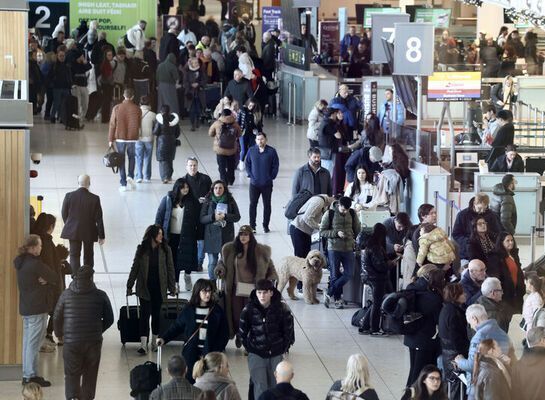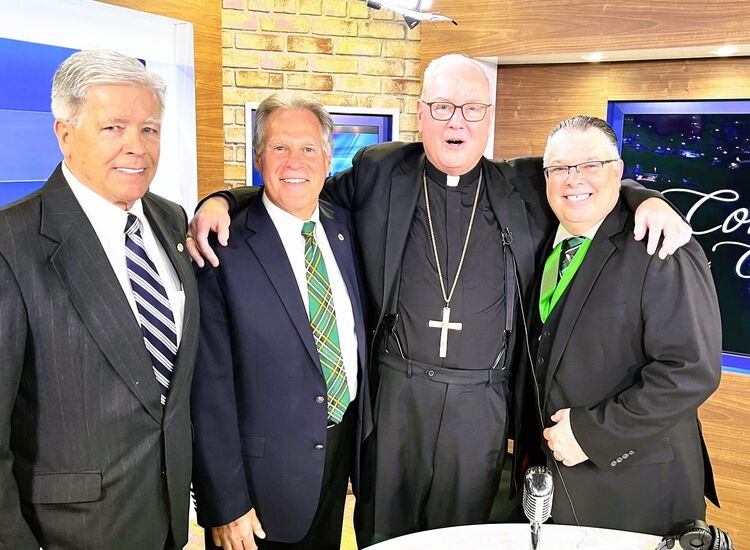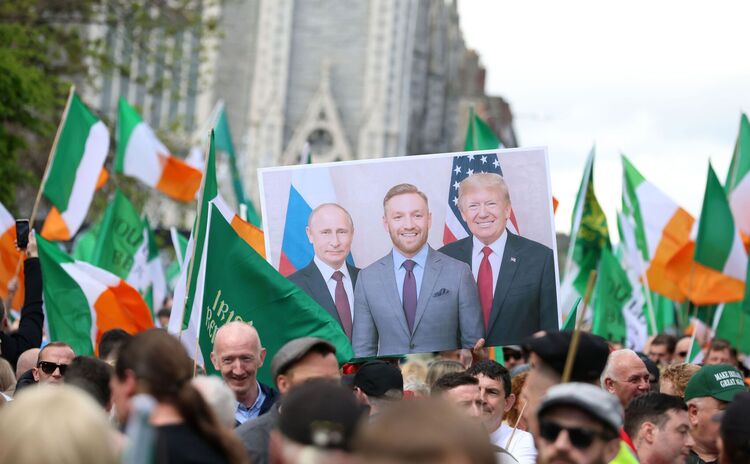Books / By Peter McDermott
In a note on terminology before he begins his "Belfast Boys: How Unionists and Nationalists Fought and Died Together in the First World War," Richard S. Grayson writes: "As was common with all people in 1914-18, Derry is used for the city and Londonderry for the county." As it happens, the Irish Echo has recently followed that route in relation to the promotion of tourism in the region because that's the current official usage. But some readers aren't too pleased with any reference to County Londonderry, though it was established as that back in 1613. Less controversially, the author uses "nationalist" and "unionist" when referring to members of the two communities. "Neither 'republican' nor 'loyalist' were widely used at the time," he writes.
Grayson, a professor at the University of London, writes that "in 1914-18 there was a strong element of Irishness among unionists, who found themselves in 'Irish' regiments and marked St. Patrick's Day; similarly, nationalists were comfortable with membership of the British Empire, seeking devolution, not independence, from Westminster."
The book's particular focus is West Belfast's Shankill Road and Falls Road neighborhoods. "It tackles the extent of sacrifice, showing that more men died from the area than was previously imagined," he says, "but also that more men survived: mortality rates were not as high as the public today tends to imagine."
Grayson estimates that as many as 8,798 servicemen were from the West of the city of whom at least 2,002 lost their lives. The oldest fatality was Sergeant William Henderson, 54, who left behind a wife, Annie, and three daughters at 44 Warkworth St. A member of the 13th Royal Irish Rifles and a veteran of the Zulu War of 1879, he was killed in action on Aug. 25, 1917. The book reproduces the picture of him that appeared on Page 6 of the Belfast Evening Telegraph on Sept. 8. His only son, Herman, had died fighting in the Dardanelles with the 1st Inniskillings. The author tells numerous other personal stories in what the reviewer in the Sunday Business Post called a "highly considered work of careful and scholarly reclamation, and a vivid evocation of a divided city."
Before the world-changing assassinations at Sarajevo, West Belfast was a tinderbox, with the communities mobilized into two militias, the Ulster Volunteer Force and the Irish Volunteers. First Lord of the Admiralty Winston Churchill had had the protection of the infantry and cavalry when he spoke in the city in 1912 in favor of the nationalist demand for home rule.
All had changed, changed utterly, as Yeats put it, by war's end - one reason why nationalist Ireland hadn't until recently commemorated the fallen of the Great War. West Belfastmen whose military career took a new direction afterward included IRA man Sean McCartney, a veteran of Gallipoli, who died in a skirmish with British troops in Cavan in 1921. He was buried in the Republican plot in Milltown Cemetery.
For years, another World War I veteran led the Easter Parade of IRA veterans to the cemetery. He was Sean Cunningham, who enlisted in the British army in 1904, probably aged only 15. Living back on the Falls Road from 1912, he become involved in nationalist politics (Catholics at the time made up a quarter of the city's population) and joined the Irish Volunteers. However, as an army reservist he was among the first to be called up at the outbreak of war on the Continent. He served in the Royal Inniskilling Fusiliers and the Dragoon Guards. After Cunningham was discharged in 1920, he served as a captain in the East Belfast IRA. He fought with the National Army in the South during the Civil War. In the 1930s, he went with Eoin O'Duffy's battalion to Spain. "He served as a captain of a machine-gun company, meeting Franco himself," Grayson reports. He returned several times to Spain, and was there in 1958 when the dictator opened his Civil War memorial, Valle de los Caidos. Cunningham died five years later. One newspaper headlined its obituary "Fought in Four Armies."









